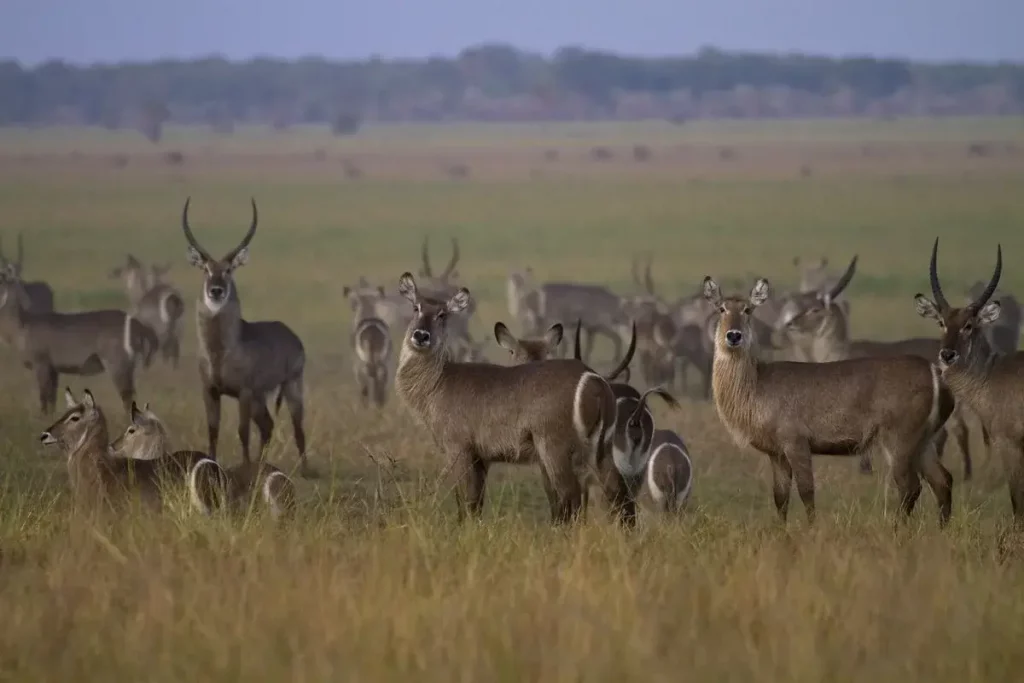In the very middle of Mozambique, Gorongosa National Park stands as a testament to the resilience of nature. Nature was challenged by decades of conflict, but this bit of the world has emerged as a symbol of hope. Today, national park is celebrated as a premier conservation success story, offering visitors a special experience

Source: www.sueddeutsche.de
Gorongosa National Park’s history is one of both triumph and tribulation. Established in 1960, the park quickly became renowned for its biodiversity, hosting a varying assortment of flora and fauna. However, the park’s prosperity was dramatically interrupted during Mozambique’s civil war in the late 20th century.
The revival of Gorongosa National Park began in 2004 when the Government of Mozambique partnered with the Carr Foundation, an organization dedicated to restoring the park’s ecological balance. Their vision is to create a sanctuary where wildlife and humans could coexist harmoniously while promoting sustainable development.
Today, the national park showcases an astonishing variety of biodiversity. The park is home to a vast array of wildlife, including over 500 bird species, more than 100 mammal species, as well as reptiles, amphibians, and insects. On the safaris visitors will encounter elephants, lions, zebras, and buffalo. The park’s lush floodplains and dense forests provide a habitat hippos, crocodiles, and birdlife.
One of the remarkable aspects of Gorongosa National Park’s conservation model is its commitment to community engagement and sustainable development. Recognizing that local communities are integral to the park’s success, initiatives have been implemented to provide employment, education, and healthcare opportunities.
Visitors can partake in a range of activities, including guided walks, birdwatching, and cultural tours, allowing them to appreciate the park’s natural and cultural heritage. Educational programs and research projects further contribute to the park’s conservation mission, ensuring that knowledge is shared, and future generations are inspired to protect the ecosystem.



